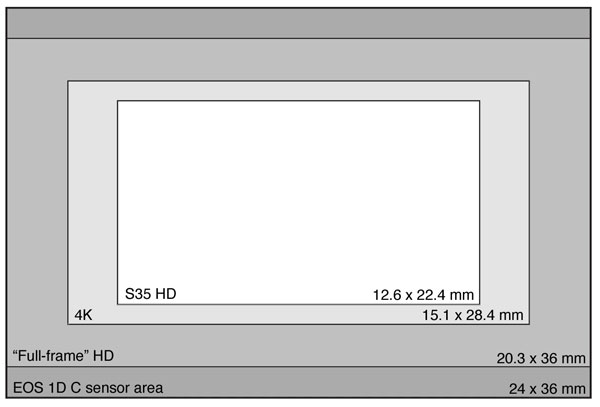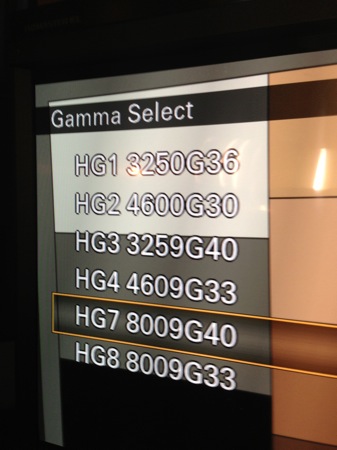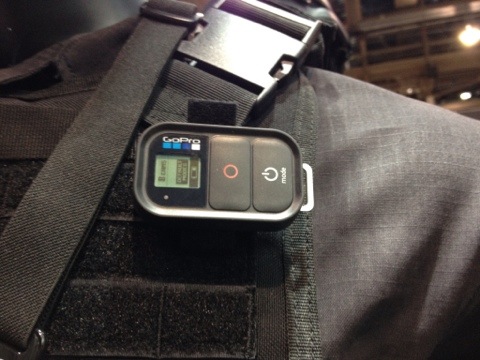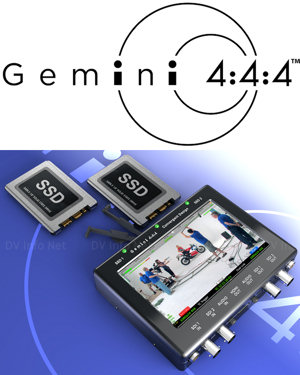Everything else for the camera not related to support (tripods, stabilizers etc.), such as remote lens controllers, matte boxes, filters, O.B. lights, monitors and much more.

Review: Canon EOS-1D C HD/4K DSLR
In the beginning… there was the Canon 5D Mk II. It wasn’t the first HD-capable DSLR, but it was the first one good enough for serious work. Once Vincent Laforet’s “Reverie” went viral, there was no putting the large-sensor, low-light, super-shallow-depth-of-field genie back in the bottle—no matter how soft the images, how prevalent the aliasing, and how much bother it was (for the two years prior to firmware version 2.0.3) to deal with 30p images in a 24p world.
Fast-forward five years: Canon’s EOS-1D C, announced at NAB 2012, is now shipping. It’s a full-frame DSLR with an 18 Megapixel sensor, full-frame and crop-mode HD recording, and true 4K at 24fps: 4096×2160 pixels. Yep, 4K in a DSLR package. And it’s only… $12,000.







